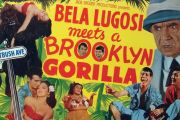Philip K. Dick Never Saw Blade Runner and Ridley Scott Never Finished Reading the Novel it was Based on
You have probably heard of a movie that's been called the Bible of science fiction, Blade Runner.
Set in a dystopian Los Angeles of 2019, the movie centered on cops, known as Blade Runners, that specialize in tracking down replicants or genetically engineered organic robots made by powerful mega corporations. These replicants are used for dangerous, menial, or leisure work on off-world colonies, but are banned on Earth. Those that defy the ban are "retired" or hunted down.
The film became a cult hit when it was released over thirty years ago and continues to gain fans of all ages even to this day. Critics and fans alike have described it as a philosophical manifesto. Despite the popularity of the film, however, there are many facts about Blade Runner that remained unknown to most fans.
For example, did you know that Ridley Scott's inspiration for making Blade Runner was a novel that he never even finished reading? The novel was, of course, Do Androids Dream of Electric Sheep? by Philip K. Dick.
Or did you know that Dick never actualy watched Blade Runner, yet predicted with creepy accuracy that it would have a huge impact on future generations?
In October 1981, Philip K. Dick wrote a letter to Jeff Walker, the executive for The Ladd Company that produced Blade Runner, and mentioned among other things:
“The impact of Blade Runner is simply going to be overwhelming, both on the public and on creative people — and, I believe, on science fiction as a field. [ ... ] Nothing that we have done, individually or collectively, matches BLADE RUNNER. [ ... ] My life and creative work are justified and completed by BLADE RUNNER. Thank you...and it is going to be one hell of a commercial success. It will prove invincible.”
Five months after he wrote the letter, Philip K. Dick suffered a stroke and died without ever watching the movie. Blade Runner was released nearly three months after his death.
We do know that Dick saw a special effect test reel of the movie, and liked it instantly. "It was my own interior world. They caught it perfectly," he said.
Despite his prediction, Blade Runner wasn't a commerical success, but there's no denying that it has become an iconic science fiction masterpiece. Perhaps Philip K. Dick could really see the future after all.
This NeatoFacto was written by Theodoros II (@TheodorosII).











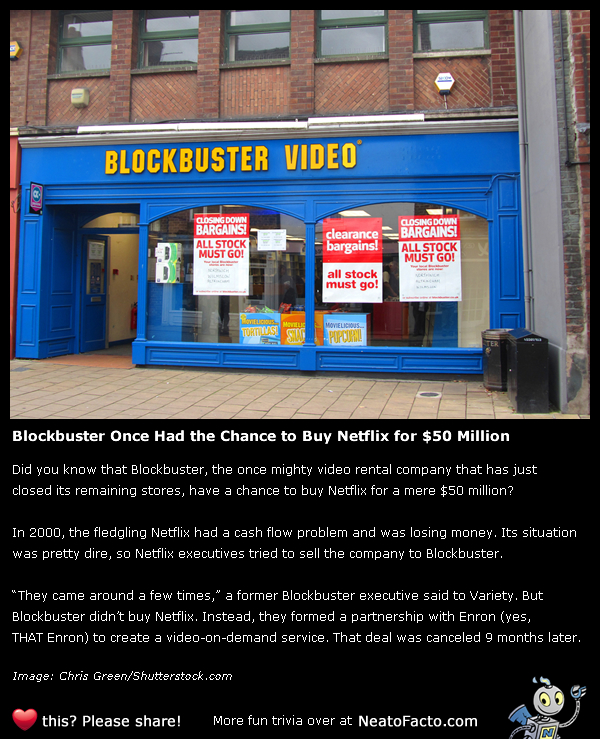
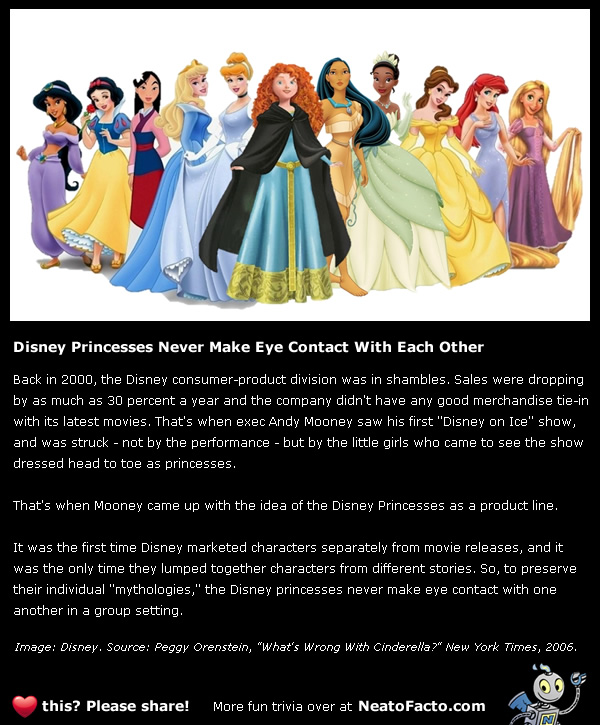
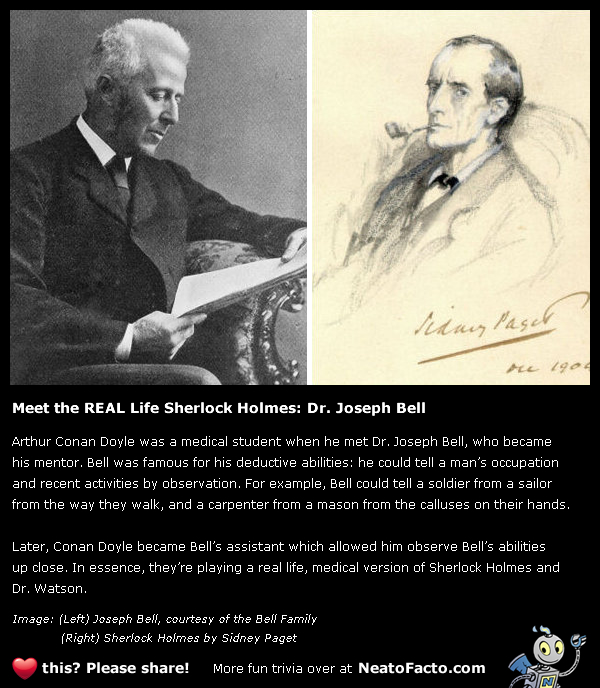




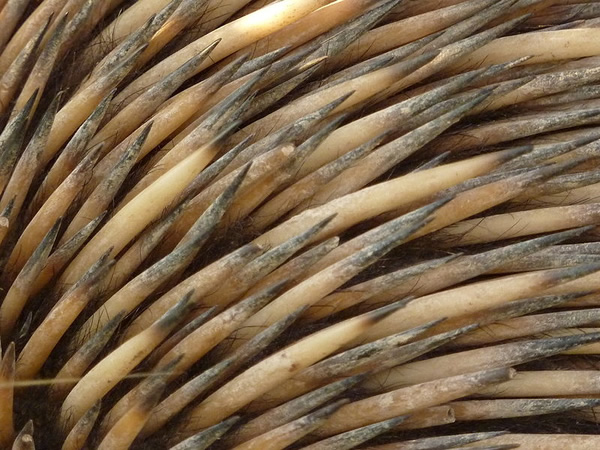

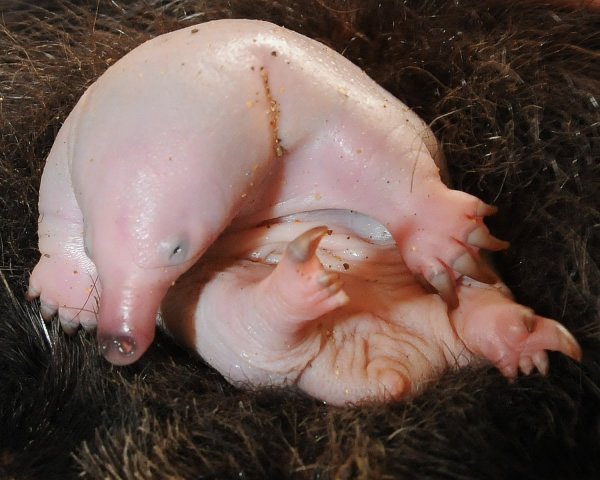
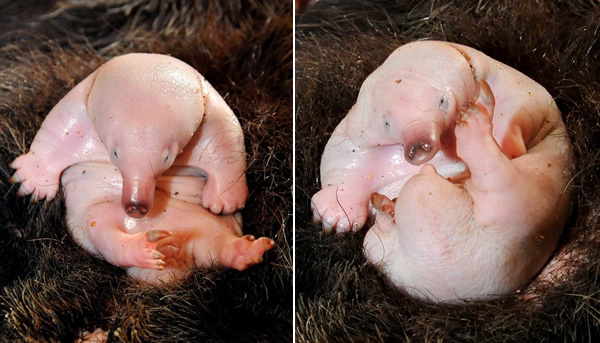

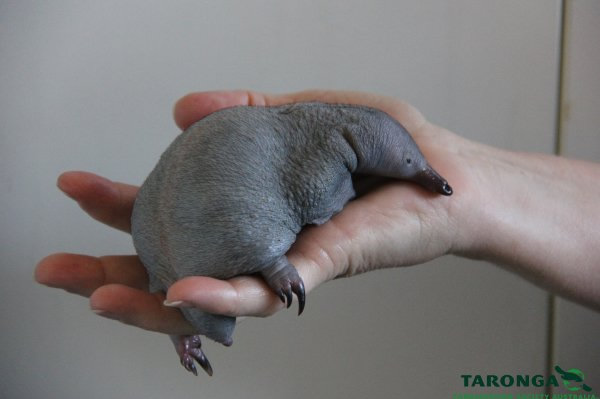
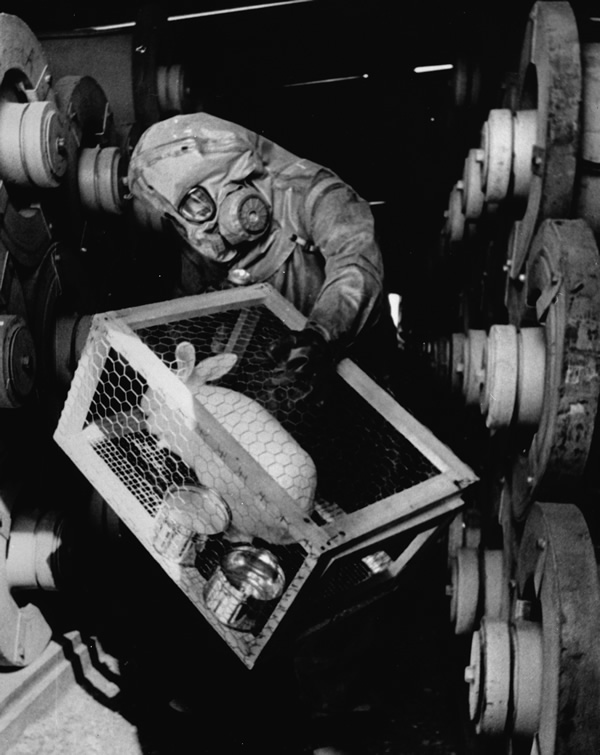
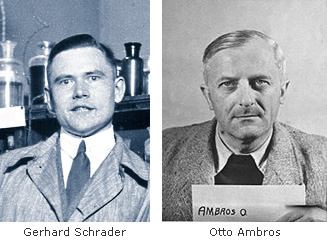

 According
to John Markoff in his 2005 book
According
to John Markoff in his 2005 book 








